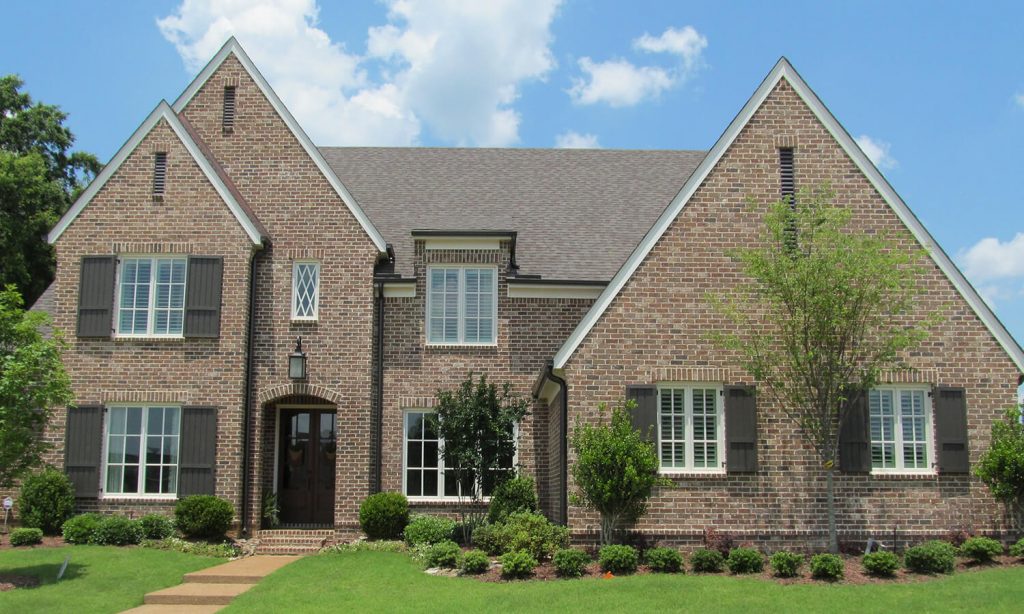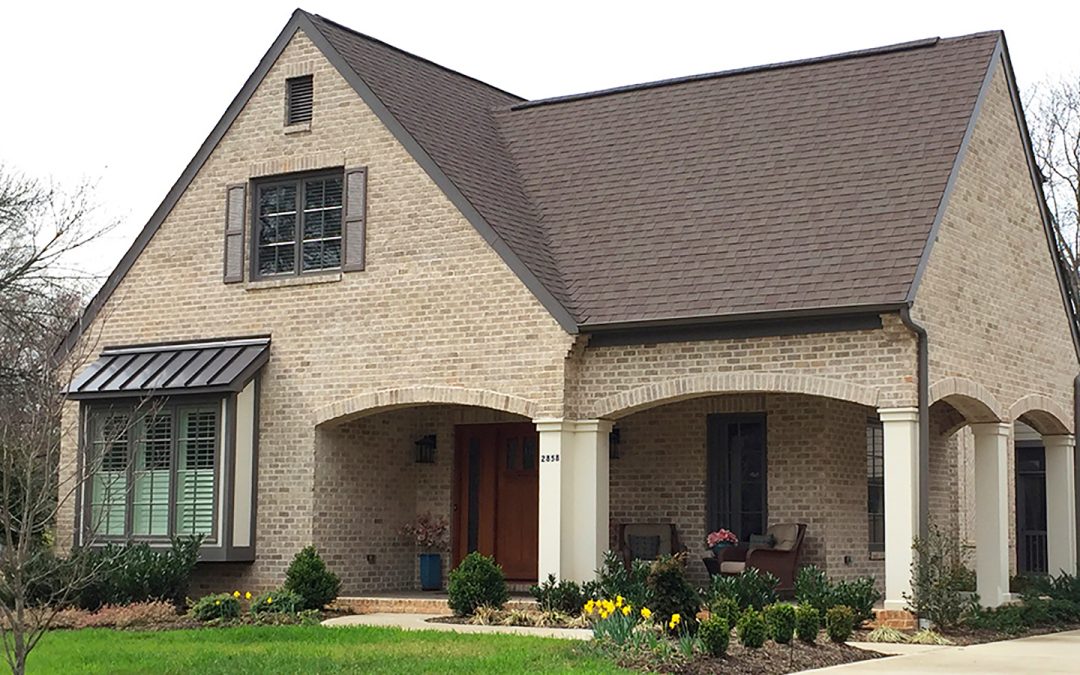When completing a new build, the preferred aesthetic is always a top priority for a home you will love over the years. However, energy efficiency is an equally important factor that will not only benefit the environment by reducing fossil fuels used, but also by reducing your monthly energy bill and saving resources over the long run. Did you know that each attractive North Georgia Brick variety possesses a much higher energy efficiency than all other commonly used building materials? Here are a few of the valuable reasons that you should consider building an energy-efficient home with brick:
- Energy Efficiency – Not only do buildings built with brick retain heat for longer than buildings built with wood, steel, glass, or other materials, but research also demonstrates that energy consumption in houses not built with brick increases significantly. This means that if you run the heat or air conditioning indoors, your brick home will stay at the preferred temperature longer than if your home was built with other materials– and everyone enjoys greater comfort.
- Thermal Mass Properties – Thermal mass refers to a material’s capacity to retain heat energy when there is a temperature differential. Lag time is the amount of time it takes for heat to pass through a wall. Materials such as a brick with a high thermal mass, have a longer lag time. Materials with a shorter lag time will leak heat energy at a higher rate, which will require more artificial energy to counter and produce higher energy bills. A normal brick cavity wall featuring two layers of brick with a gap in the middle will boast a lag time of approximately 7-8 hours before heat dissipates completely. The lag time is significantly reduced for non-brick walls!
- Embodied Energy – Your brick home is also more energy efficient thanks to a lower amount of embodied energy, or the energy required to make the material. The energy used to create building materials contributes to the overall energy used to create a structure. Although brick has some embodied energy from the manufacturing process, this level is far less than the manufacturing process needed to create other building materials. Any material that requires paint or galvanizing will use far more energy during the manufacturing process. Since brick is given a 100-year lifespan, other materials will need to be replaced, requiring new manufacturing, and therefore need additional embodied energy to match the same lifespan.

Simply put, brick is the more energy-efficient building option that provides unbeatable financial and environmental benefits:
- A properly insulated brick home will save about 20% on energy bills annually, according to the US Department of Energy.
- Brick can contribute up to 11 points in the “Materials and Resources category4” if you are building with LEED (Leadership in Energy and Environmental Design) sustainable certification in mind.
When you’re ready to explore energy-efficient brick options that will complete your build, visit our Cumming and Cartersville showrooms and our experts will help you plan for fantastic results!

